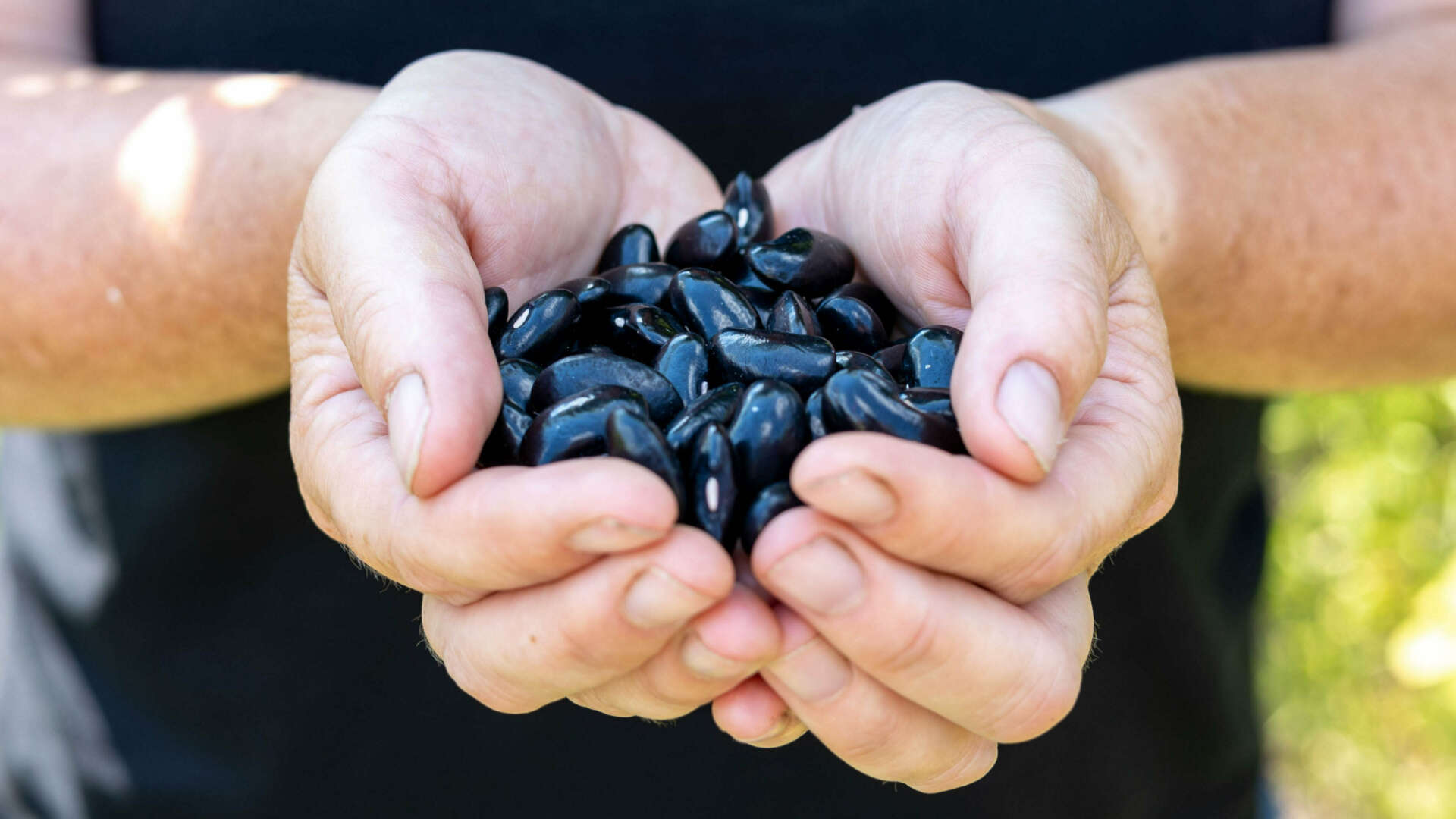What does it take to get a new variety listed in our Heritage Seed Library?

For the HSL team, a new variety often starts with receiving precious bundles of seed wrapped up in paper packets, tiny boxes and even cigarette tins, accompanied by a letter explaining their origins. This is the beginning of what is often a very lengthy assessment process before deciding whether to conserve and produce the seed to share with our members. To set the scene, our collection consists of non-commercial, mainly European varieties against which we evaluate any new donations. These can be loosely described as:
Heritage
This is a known variety from history. You can read about it, see it in old catalogues etc. It tends to be at least 60 years old and probably older in origin.
Heirloom
One that has been passed on through a family, group, village, allotment, etc., perhaps the original variety name has been lost and is now named after those who guard it. Again this is usually over 60 years old where it can be traced.
Ex-commercial
Ideally, a variety that is old and pre-dates 1970 and was commercially available at one time.
The commercial status of the variety is determined by its presence or absence on UK National List, a DEFRA publication, updated monthly, which is the essential listing place for varieties that can still legally be marketed in the UK. Despite us no longer being part of the EU, we still check the European Vegetable Database for evidence of the existence of the variety in Europe and its status there. Those veggies still on this database are easier to research, as it is likely that there will still be information out there for us to gather. Varieties not on the UK list, or the EU Vegetable Database, are those that are, often, most at risk.
It may surprise you to know that only a minority make it past the first hurdle. Before we can decide whether to grow for assessment, here’s what we need to consider:
Background story.
The more information, the better! We need to know the history of the seed, its age, name and where and how it was grown. It is important to establish that it is not a commercially or widely available variety that does not need conserving. At this point, we eliminate some donations as they don’t meet our heritage criteria.
Something a bit special?
What inspired the grower to save this seed? How unique or similar is it to others in our collection? Is it synonymous with something we are already conserving?
Seed quality & quantity.
Condition and health of seed is important as we would not want to risk introducing pests and diseases. Are these cross-pollinators? And what has been done to isolate and ensure the variety has remained “true to type”. How many seeds have we received, and how many plants provide a genetically healthy and reasonably consistent population? Population size requirements vary greatly depending on the vegetable type, e.g. for a lettuce, saving seed from 1 or 2 plants will do, but to maintain a carrot variety, we sow hundreds of seeds before selecting at least 20 of the very best roots to grow on for seed. For brassicas, we can need at least 100 plants.
We gather this information by asking the donor to complete our Information About Your Seeds form. Donor’s comments are particularly important with heirloom varieties, as it is often the only provenance we have for the variety. Ex-commercial varieties that have disappeared from commercial catalogues are a little easier to investigate, as we consult our extensive collection of old seed catalogues, books and, of course, the internet for more information on the variety.
Once we have gathered all we can on the variety and decided that it meets our conservation criteria, we will hold the seeds in the pre-accession section of our collection to be included for grow-out in the future. We grow out new varieties as soon as we possibly can, slotting them into our growing space so that they comply with the necessity to fit into our crop rotation patterns and ensure that, in the case of cross-pollinating crops, they are appropriately isolated. At this stage, we undertake a full botanical characterisation, including a photographic record of every growth stage from seedling emergence to harvest and make an assessment as to whether each variety is suitable to be included in our core collection and eventually distributed through the HSL Seed List.
Even at this stage, there may still be rejections; if any variety is showing signs of disease that may be seed-borne, or if there are indications that the variety is no longer pure, or if it simply is identical to something we already hold in the HSL Collection.
Despite our stringent checks, several new varieties make it each year, and a sample is put into our core conservation stock, as are any remaining seeds that were originally sent to us but not required for the initial trial grow out. It is only at this stage that we send some of the seeds produced out to our Seed Guardians for them to grow and bulk up for us to be able to make them available to HSL members via our annual Seed List.